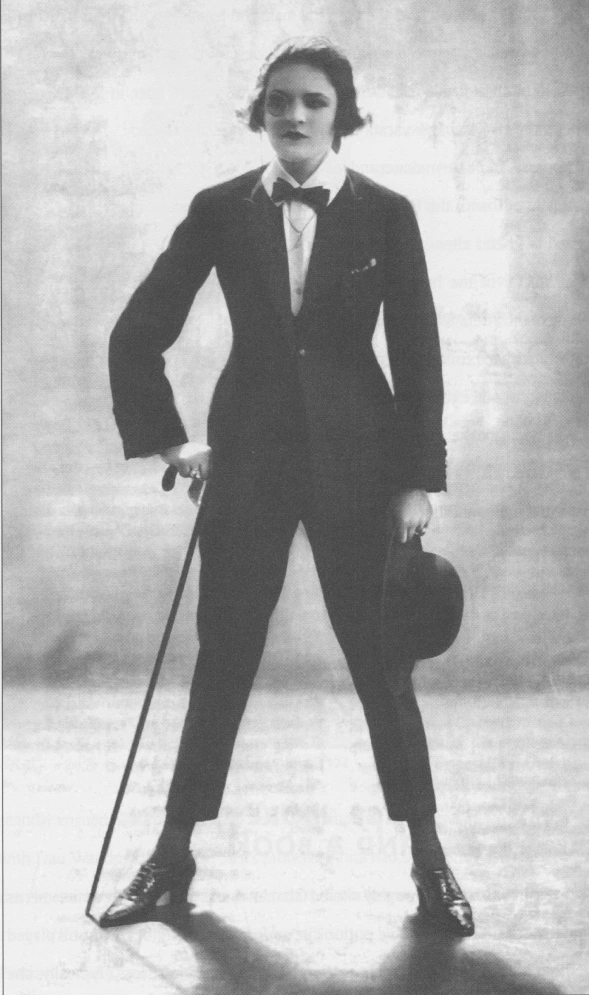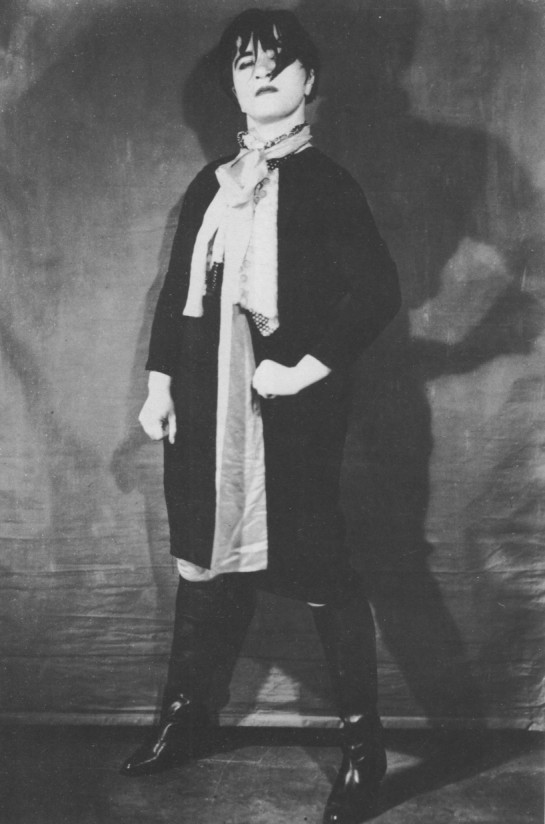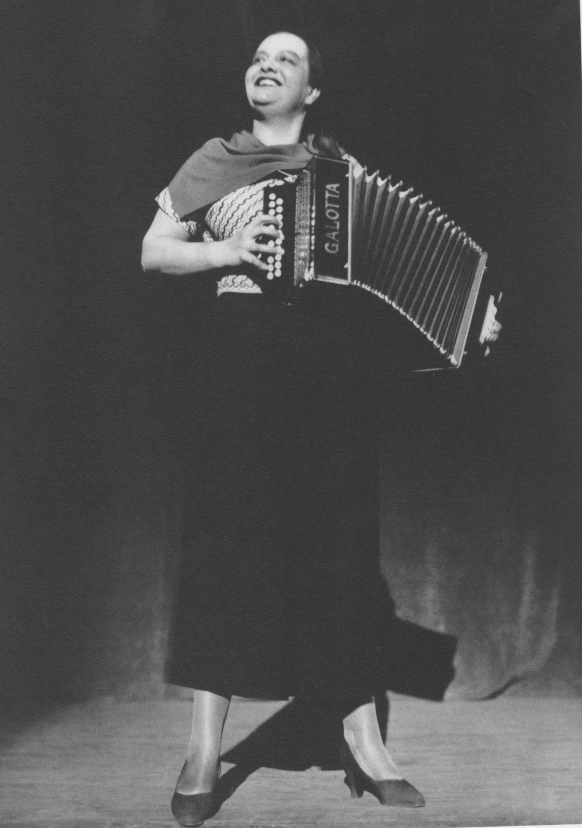
Marlene Dietrich (1901-1992). Her earliest professional stage appearances were as a chorus girl on tour with Guido Thielscher’s Girl-Kabarett vaudeville-style entertainments, and in Rudolf Nelson revues in Berlin. Her performance as Lola-Lola in The Blue Angel (1930) brought her international fame and resulted in a contract with Paramount Pictures. Photo of Dietrich by Ruth Harriet Louise, c 1930 via

Trude Hesterberg (1892 – 1967) was a German stage and film actress, cabaret artist, chanson singer, soubrette and operetta singer, as well as founder and director of a cabaret stage. It is thought that she was an early consideration for the lead role in The Blue Angel, before it was given to Marlene Dietrich via

Margo lion (1899 – 1989) first came to Berlin in 1921 and made her debut at Trude Hesterbergs cabaret ‘Wild Bühne’ (The Wild Stage) in 1923 . She is best known for her role as Pirate Jenny in director G.W. Pabst’s 1931 French language adaptation of Bertolt Brecht and Kurt Weill’s Threepenny Opera (Die Dreigroschenoper) via

Anita Berber (1899 – 1928) was a German dancer, actress, and writer. Her hair was cut fashionably into a short bob and was frequently bright red, as in 1925 when the German painter Otto Dix painted a portrait of her, titled “The Dancer Anita Berber” via

Valeska Gert (1892 – 1978) could be considered one of Germany’s most ambiguous and overlooked artists. She was a dancer, actress, film and cabaret star. She was a pioneering performance artist who is said to have laid the foundations and paved the way for the punk movement via

Kate Kühl (1899-1970) nicknamed ‘The Red Nightingale’ went on to perform in all the major cabaret venues of the time including the Wilde Bühne, Kadeko and the Katacombe via

Blandine Ebinger (1899 – 1993) was a German actress and chansonniere. Ebinger became acquainted with Friedrich Hollaender in 1919, and with him she became heavily invested as a performer, writer, and composer in the Berlin cabaret scene in the 1920s, beginning in the cabaret Schall und Rauch and the Café Größenwahn. Photo of Blandine Ebinger performing Lieder eines armen Mädchens, 1925 via












